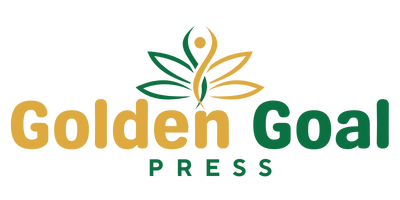Post-surgery recovery involves multiple components that work together to promote healing and restore function. Pain management represents one of the most significant aspects of this process, as it directly affects mobility, sleep quality, and overall recovery outcomes. Understanding the various techniques available helps patients and caregivers make informed decisions about their recovery approach.
Exploring Medical Pain Management
Healthcare providers in pain management typically prescribe medication protocols tailored to the specific surgical procedure and individual patient needs. Prescription pain medications often include opioids for severe pain in the immediate post-operative period, with a planned transition to non-opioid alternatives as healing progresses. Non-steroidal anti-inflammatory drugs (NSAIDs) may be incorporated to address both pain and inflammation simultaneously.
Nerve blocks represent another medical approach where anesthetics are injected near specific nerves to interrupt pain signals. These procedures are performed by anesthesiologists or pain management specialists and can provide targeted relief for several hours or days following surgery. The duration and effectiveness vary based on the location and type of surgical procedure.
Identifying Non-Pharmaceutical Pain Relief
Physical therapy plays a significant role in post-surgical pain management by promoting controlled movement and preventing complications such as blood clots or muscle atrophy. Licensed physical therapists design specific exercise programs that gradually increase mobility while respecting healing tissues. These programs often include gentle range-of-motion exercises, progressive strengthening activities, and functional movement training.
Cold therapy, or cryotherapy, involves applying ice or cold packs to the surgical site to reduce swelling and numb pain sensations. This technique works by constricting blood vessels and slowing nerve conduction, which can provide temporary relief from acute pain. Cold therapy is typically applied for 15-20 minute intervals with breaks between applications.
Heat therapy may be introduced later in the recovery process to promote blood circulation and relax muscle tension. Warm compresses or heating pads can help reduce stiffness and promote healing in the surrounding tissues. Transcutaneous electrical nerve stimulation (TENS) units deliver mild electrical impulses through electrodes placed on the skin near the pain site. These devices work by interrupting pain signals before they reach the brain, providing an alternative method of pain control that can be used alongside other treatments.
Utilizing Supportive Strategies
Breathing techniques and relaxation methods can help manage pain perception and reduce anxiety associated with recovery. Deep breathing exercises activate the body’s relaxation response and can help patients cope with discomfort during the healing process. Progressive muscle relaxation techniques teach patients to systematically tense and release different muscle groups, promoting overall relaxation.
Sleep optimization plays a significant role in pain management and healing. Creating a comfortable sleep environment, maintaining consistent sleep schedules, and using appropriate positioning and support can improve sleep quality. Better sleep supports the body’s natural healing processes and can reduce pain sensitivity.
Nutritional support contributes to the healing process and may influence pain levels. Adequate protein intake supports tissue repair, while anti-inflammatory foods may help reduce swelling and discomfort. Staying hydrated supports overall bodily functions and can help prevent complications that might increase pain.
Find a Pain Clinic
Effective post-surgical pain management requires a comprehensive approach that combines multiple techniques based on individual needs and medical recommendations. Working closely with healthcare providers allows for adjustments to management strategies as recovery progresses and healing occurs. The integration of various pain management approaches can provide more comprehensive relief than relying on any single method.

